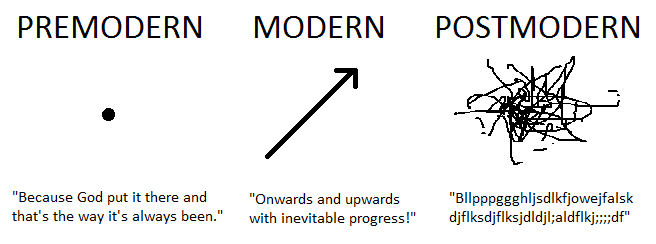”Nothing is original. Steal from anywhere that resonates with inspiration or fuels your imagination…. And don’t bother concealing your thievery – celebrate it if you feel like it,” says film director Jim Jarmusch. Although Jarmusch was talking about films, he could easily have been talking about the fuzzy, overlapping barriers that define intertextuality in music.
Intertextuality refers to the interconnection that occurs naturally or purposefully in works of art. Because no art is created in a vacuum, it is natural for writers, filmmakers, musicians, and other artists to include references to other people’s art in their own art. It helps them create connections with their audience or to illustrate a larger point they are trying to make by creating a parallel to other art their audience is already familiar with. Sometimes intertextuality slips in without the creator directly noticing.
An allusion is a brief and sometimes indirect reference to another work of art and a very common form of deliberate intertextuality. For example, in the opening lines of his classic hip hop song ”Gangsta’s Paradise,” Coolio raps, ”As I walk through the valley of the shadow of death,”. The line is a reference to Psalm 23 in the Bible. ”Gangsta’s Paradise” doesn’t go on to explain this reference. It just leaves it there for listeners to understand or not. However, catching the reference can add a little depth to one’s understanding of the lyrics.
Covers: paying homage to another’s skill and expertise. A compilation of hit covers.
The Subtle Nod: could be as little as a quotation from some one else’s lyrics.
Collabs: singers work together – a bricolage of styles and music genres.
Sampling: and can include the mash-up (bricolage) and also quotatation – a direct lift! It can bring together fans from all different genres to one song. SOS by Rihanna samples Tainted Love by Soft Cell for example. All you Need is Love by the Beatles includes the French National Anthem! The Mash Up: Jive Bunny is the best.
Rip-offs: Latest example Ed Sheerhan and Thinking Out Loud and Marvin Gaye’s, Let’s Get it On.
Songs within songs: Actually using someone’s else song within yours: Ariana Grande, 7 Rings and These are a few of my Favourite things – The Sound of Music. David Guetta featuring Bebe Rexha – “Blue (I’m Good)” (2017, built on the melody from Eiffel 65’s “I’m Blue” from 1999). Portugal. The Man – “Feel It Still“ (2017, the chorus is based on the melody to The Marvelettes’ 1961 hit “Please Mr. Postman“). The Byrds – “She Don’t Care About Time“ (1965, quotes Bach’s “Jesu, Joy of Man’s Desiring” at 1:16). Melanie Martinez – “Pity Party” (2015, based on Lesley Gore’s 1963 hit “It’s My Party“)
This song is packed full of references to songs from the ‘noughties’. Watch it first and then read the article to see if you can identify the songs – the intertextual references.



